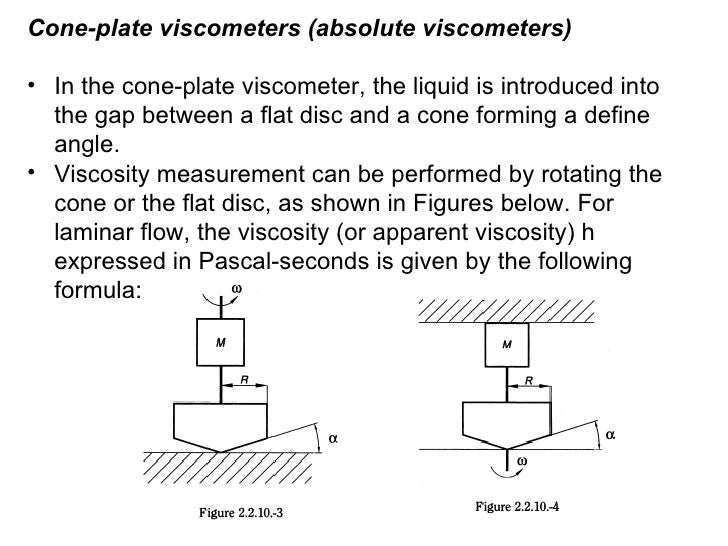
Density is the quantity of mass per unit volume. Since we are not dealing with immense pressure, we assume that compressibility is zero across all models. Compressibility is the tendency of a fluid to change its volume due to changes in pressure. In this exercise we will ignore the thermal properties entirely, define a constant density and compressibility, and focus most of our attention on how viscosity affects the kinematics of a fluid system.Ĭompressibility and density are fairly easy to define. Some of the fundamental characteristics of fluid are density, viscosity, compressibility, heat capacity, and thermal conductivity.

When we talk about fluid flow, we need to first describe the fluid.
#VISCOSITY OF HONEY IN PASCAL SECONDS HOW TO#
Note: Viscosity is defined as the measure of a fluid's resistance to deformation.įirst, let's start by learning how to talk about the various components of flow. We will move from looking at the behavior of more viscous fluids and move towards fluids with lower viscosities. We will describe the model set-up and its physical basis, the differences between the three scenarios with fluids of different viscosities, and several real-world implications.

In order to model the transition to turbulence and the effects of changing viscosity on the dynamics of a simple fluid system with a single cylindrical impediment placed in the flow path, we use several modeling tools: COMSOL Multiphysics, Smoothed-Particle Hydrodynamics (SPH), and ParaView. In this early time-step, we can see an instability begin to develop in the wake of the cylinder. You will be able to describe the initial conditions of a system, the transition from laminar to turbulent flow, and the effect viscosity has on the inertia, complexity, and predictability of a system!īelow is a snapshot of one of our computational models of water flowing past a cylinder. By the end of the module, you should be able to describe what's occurring in each of the scenarios presented and have a good grasp on the dynamics involved in the complex flow examples. These naturally-occurring phenomena are fascinating and have many natural and engineering implications.

We can observe an interesting phenomenon called Von Kármán Vortex Streets at this simulated transition to turbulence. In this module, we will explore this transition and learn how viscosity affects the dynamics of a fluid flowing around a cylindrical impediment. Inertial forces begin to dominate over viscous forces, resulting in more chaotic particle motion in the system (take a quick look at the Hurricane Irene example below in the Complex Flow section). Transitioning to turbulence involves decreasing the predictability of a system. Welcome to our teaching module exploring the transition to turbulence through models of fluid flow around a cylinder! Because this page has some high-resolution animations, it is best viewed on a reliable internet connection.


 0 kommentar(er)
0 kommentar(er)
